|
Have you ever wondered what kind of plastic is used in recycled plastic pallets?
Approximately 90% of the pallets manufactured today are made with recycled plastics. The blends are all different. Most are HDPE, while others use post-industrial scrap which may include rubber, polypropylene and even silicates. Ground up car bumpers are used in one of our pallet lines. While another line uses fiberglass in the manufacturing process.
2 Comments
What is a Tech Center Assessment?
Don’t you hate hearing “this is just the way we've always done it”? So why not consider a technical resource assessment? The Nelson Technical Center assessment includes the evaluation of pallets, packaging and material handling systems. The main goal is to review current practices in order to recommend improvements. Why are the lead boards on a pallet so important?
The lead boards on a pallet are the deck boards that are located at the leading edges of the top and/or bottom of wooden pallets. The lead deck board performs critical functions in product protection and in material handling. The Nelson Tech Center was recently called into a warehouse to review pallets and solve pallet problems in a flow rack system. Problem The pallets were not flowing as intended within the rack system. Even worse, the pallets were actually damaging the rack system components. The system was rated to support much heavier weights, but something was causing higher than expected stress between the loaded pallets and the flow rack. On paper everything added up. We had a flow rack system that was strong enough to support the loads, and we had a heavy duty wood pallet that was strong enough to support the loads. But something was not working well together. Tech Center Evaluation During our evaluation, we keyed in on one main area where these two components did not “match” - the middle of the rack. The outside skate wheel rails were directly under the rigid pallet stringers (2x4’s). The outer skate wheels were not over stressed, and these rows were not damaged. The middle rail, however, was under deckboards only and between the rigid stringers. These deckboards were bending under load around the middle skate wheels. This resulted in the rack component damage and a system that did not flow as intended. Tech Center Recommendations
We suggested two recommendations to fix this issue:
Do you have damage to your rack system? Let us know the issue by commenting below. We can find you a solution! Post by: John Clarke, Technical Director |
Call Us: (410) 477-3000
Headquartered in Baltimore since 1918 Nelson Company is a trusted source for pallets & packaging materials.
NelsonCompany.com Is your packaging system costing more than it should? Find out how you can start saving with an analysis from Nelson Technical Center.
Our own web-based software for reverse distribution. Nelson-ART™ manages the entire life-cycle of your packaging assets.
|
Tech CenterThe Nelson Technical Center finds savings. Solutions for the design, supply and recovery of transport packaging.
(443) 649-1049 |
Wood SalesCustom wooden pallets and crates are our specialty. Ask us about wood manufacturing, repair and recycling.
(410) 477-3000 |
|

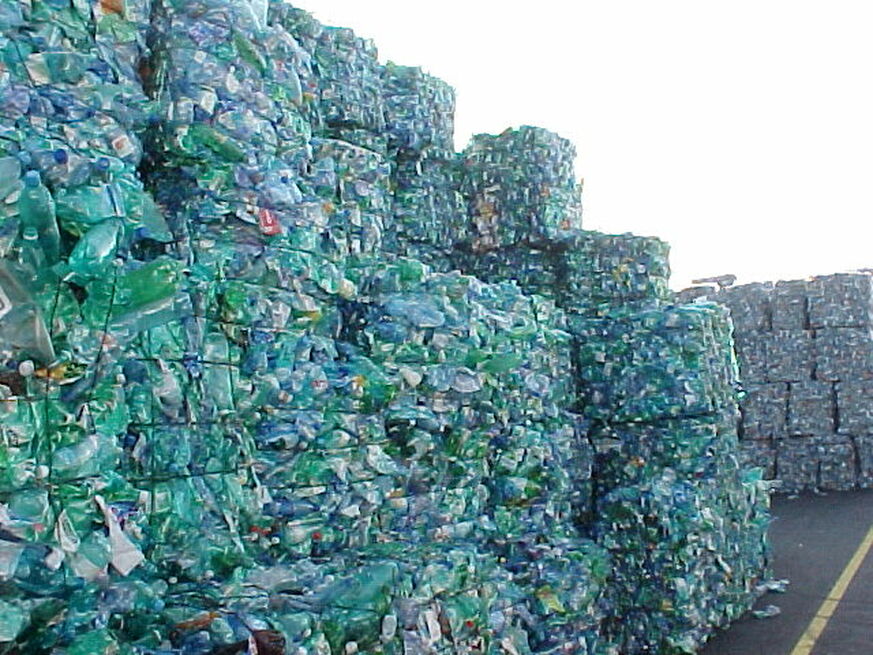

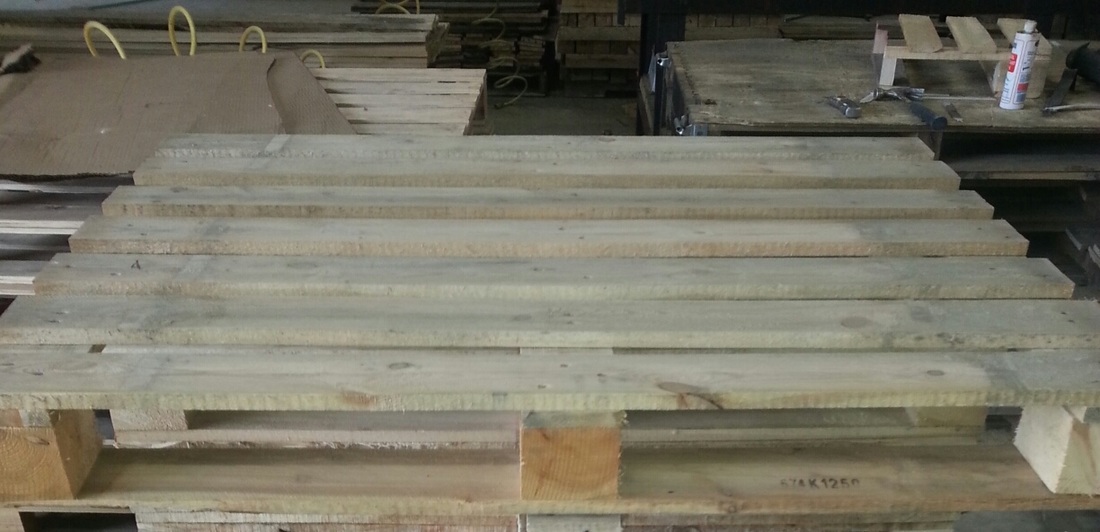
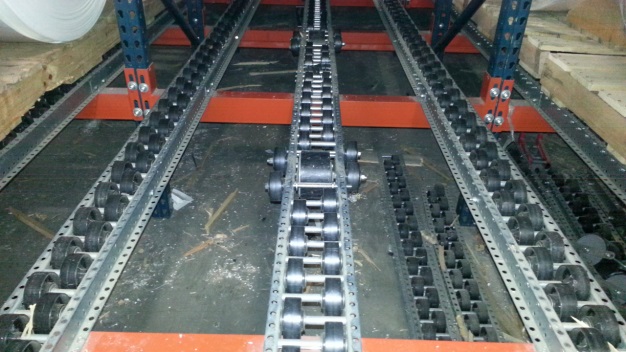
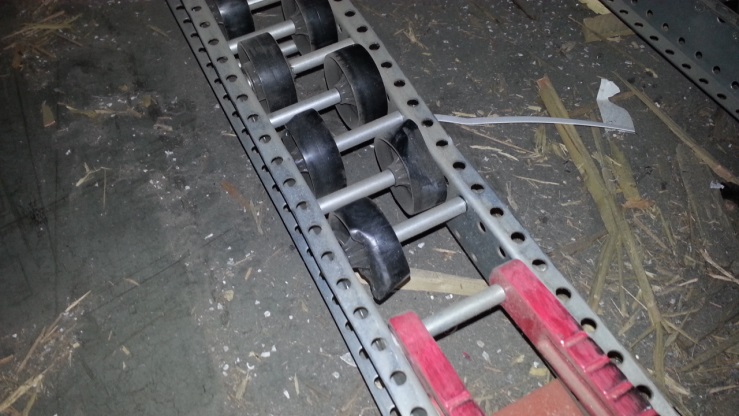
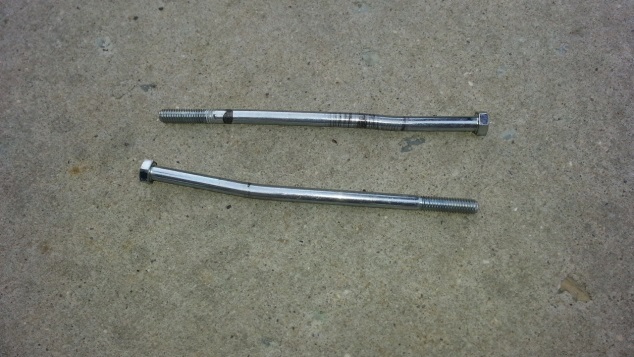
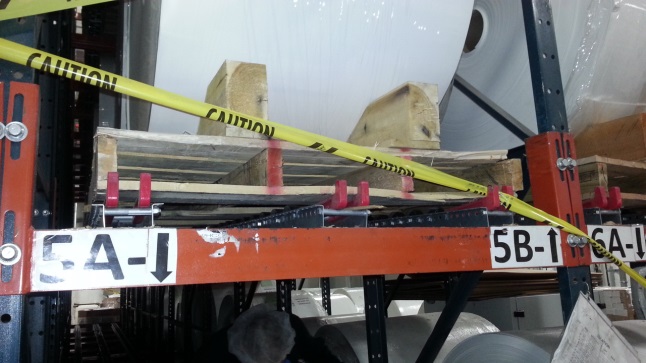



 RSS Feed
RSS Feed
